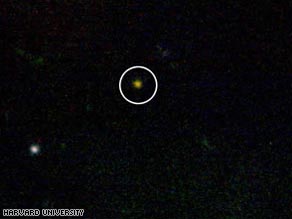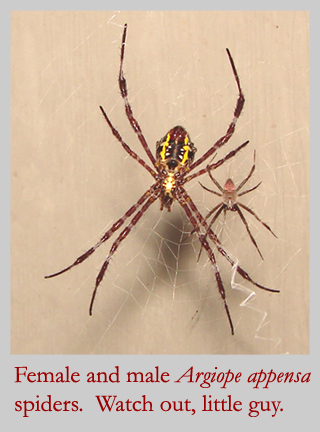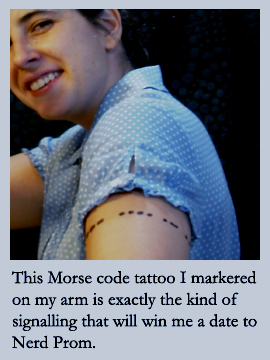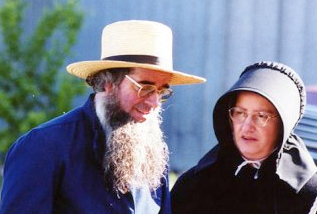 Let's send The Fossil Huntress to Antarctica!
Let's send The Fossil Huntress to Antarctica!Look what I found on Quark Expedition website!http://www.blogyourwaytoantarctica.com/blogs/view/257In...
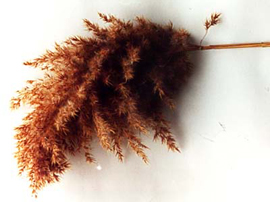 Super Weed Villain Gains Power From UV Radiation
Super Weed Villain Gains Power From UV RadiationComic books have warned us time and time again to keep villains away from radiation. It only...
 Daisyworld And Your New White Roof
Daisyworld And Your New White RoofAt the opening of last week’s Nobel Laureate symposium, US Energy Secretary Steven Chu endorsed...
 Grassroots Science: An Article Wishlist For The Journal Of Scientific Communication
Grassroots Science: An Article Wishlist For The Journal Of Scientific CommunicationI’m fascinated by the contributions of researchers outside of the mainstream— the monk whose...




